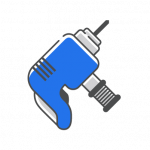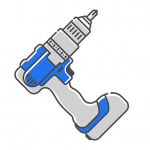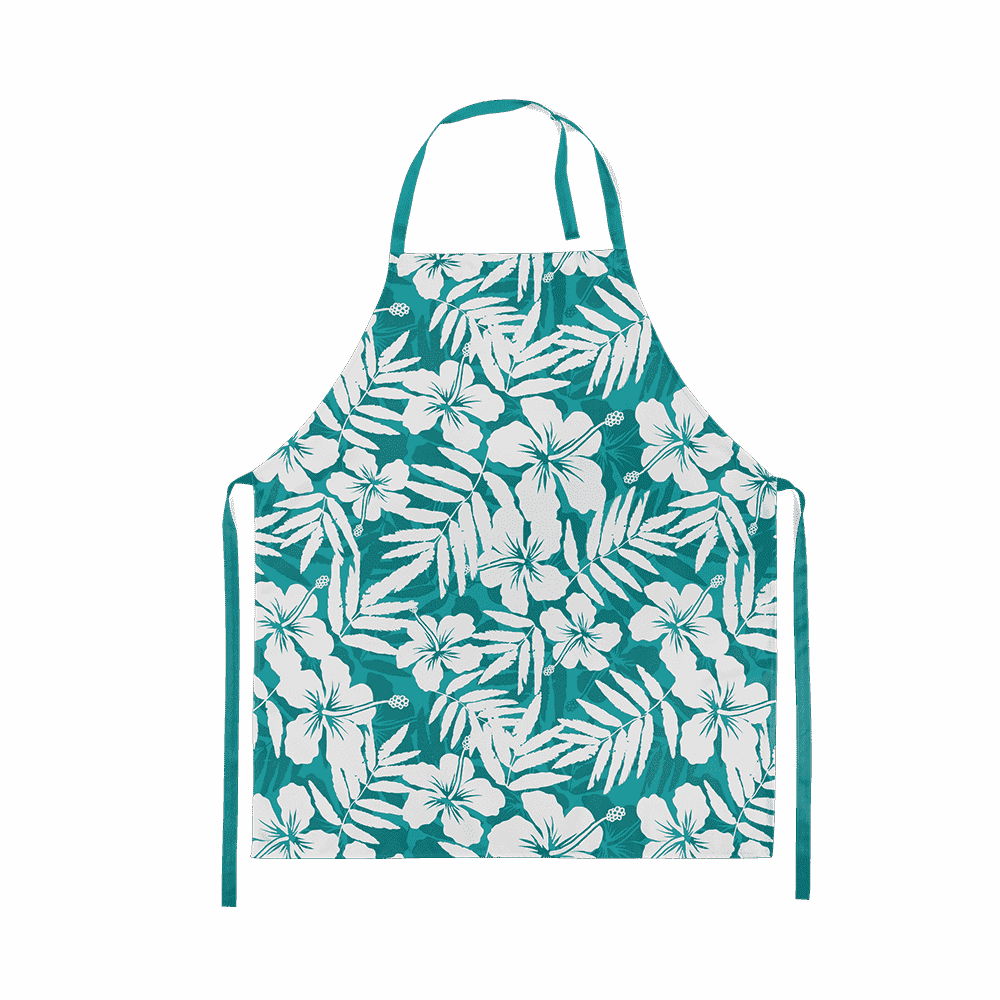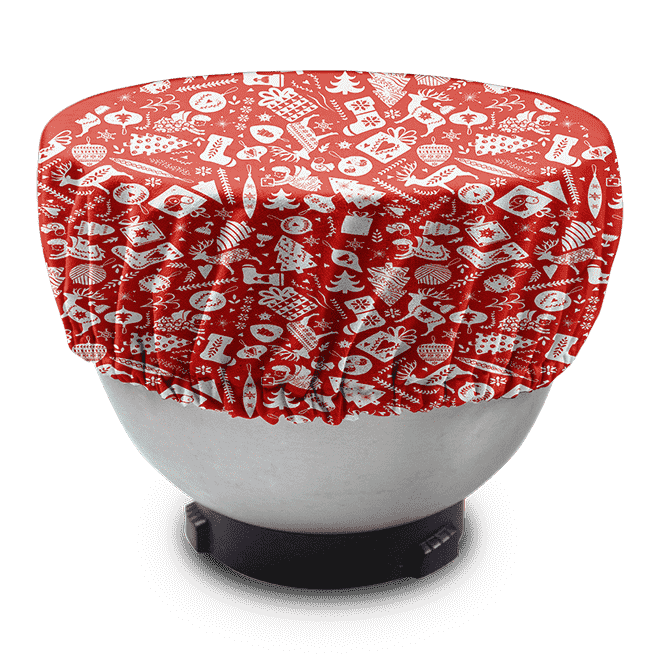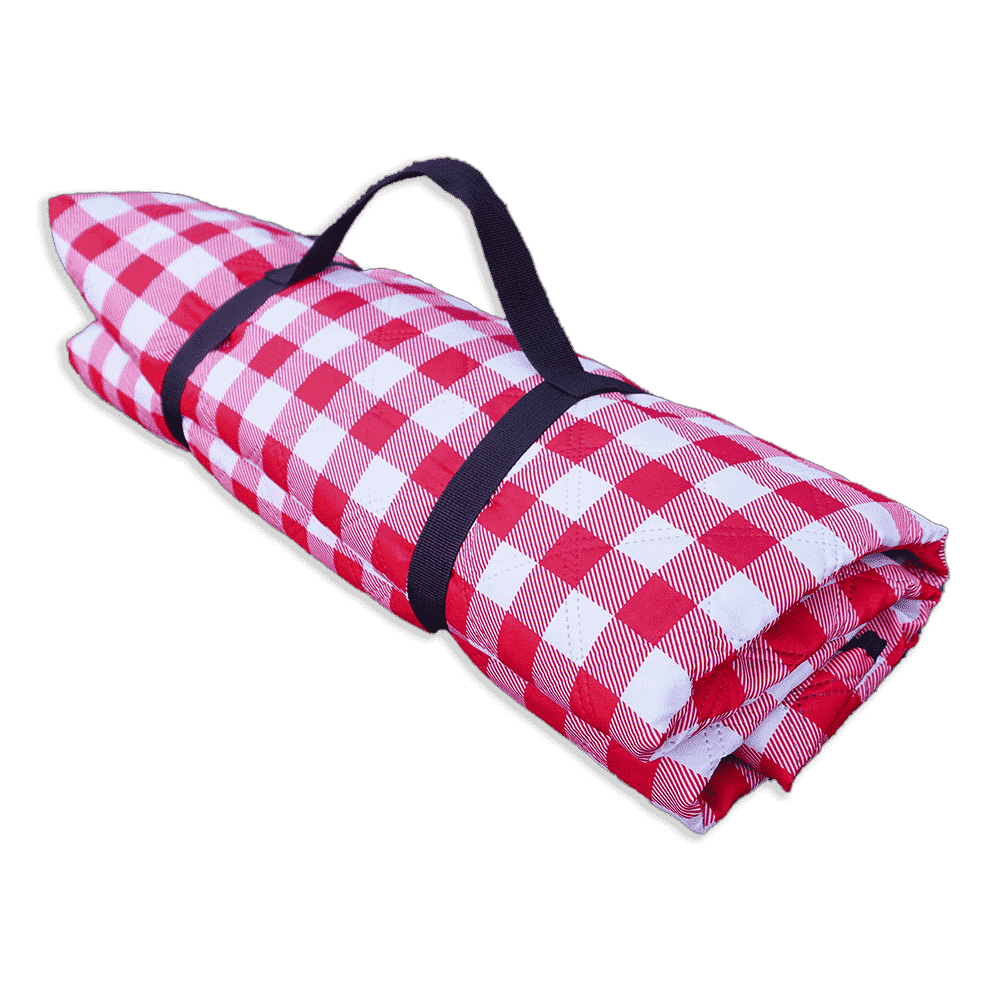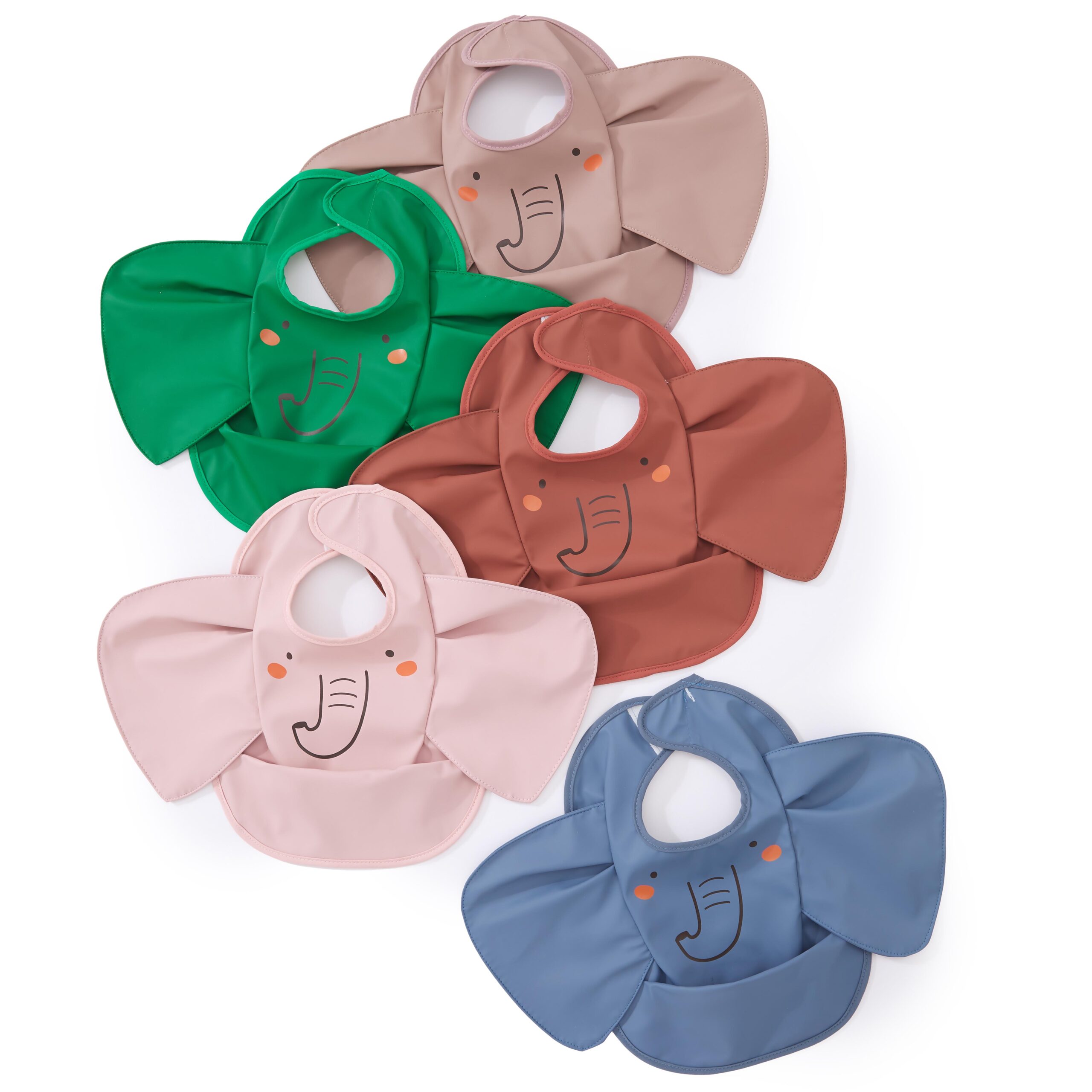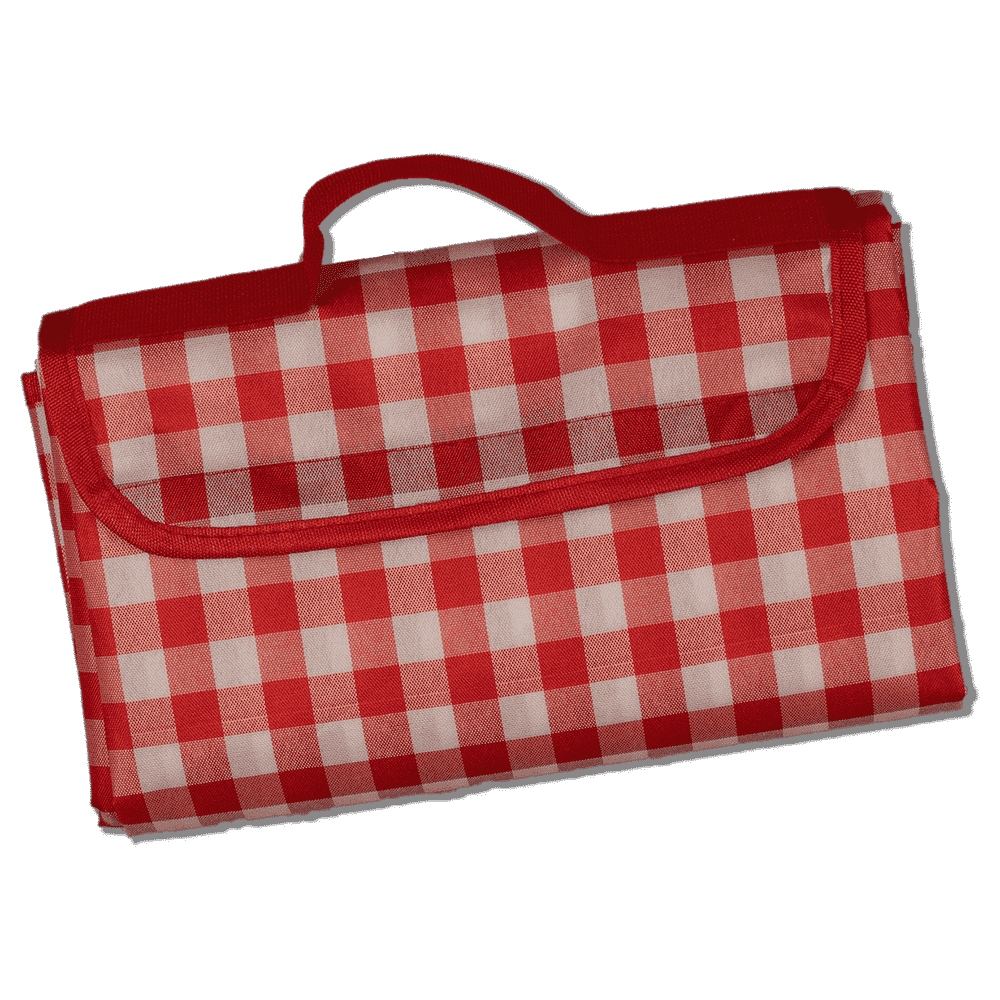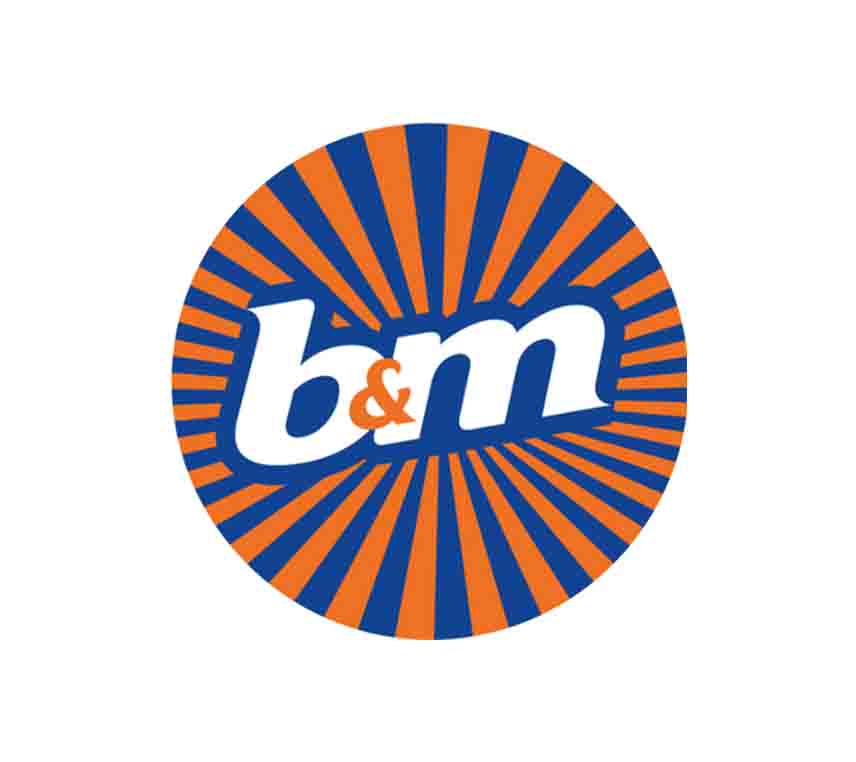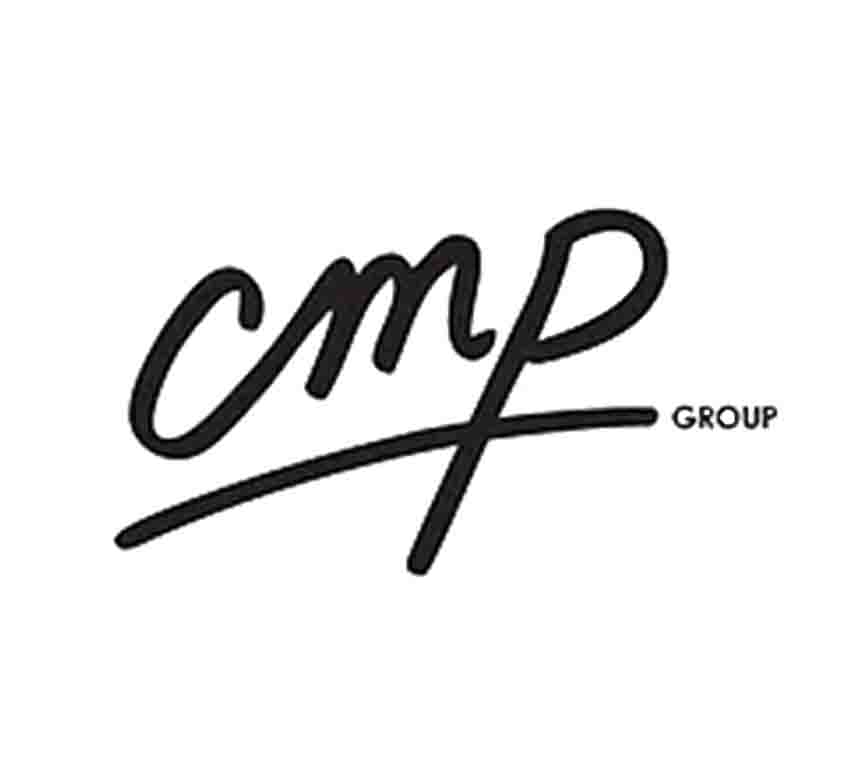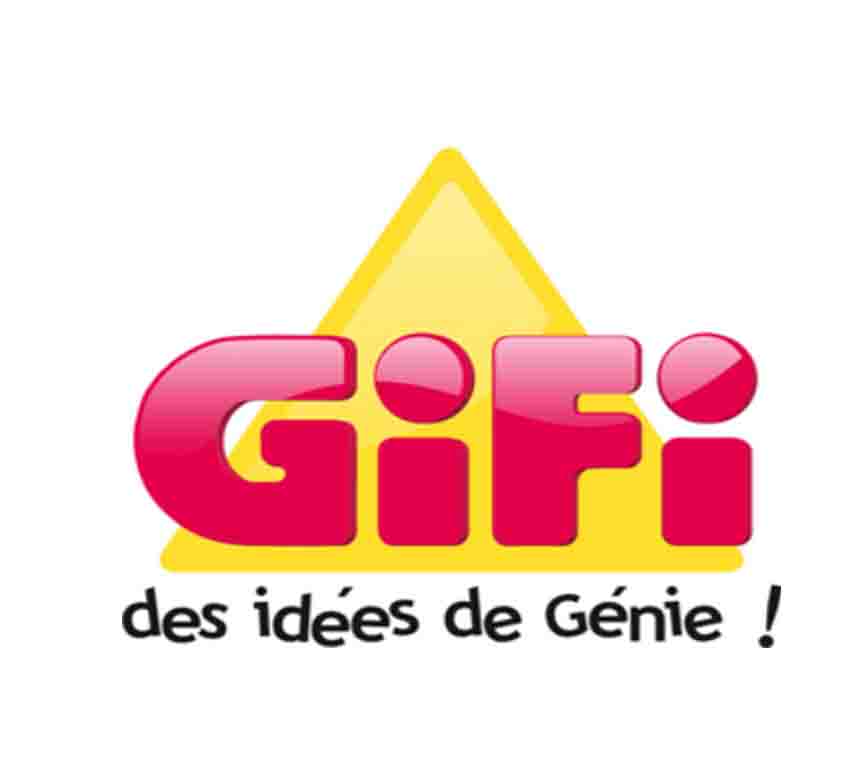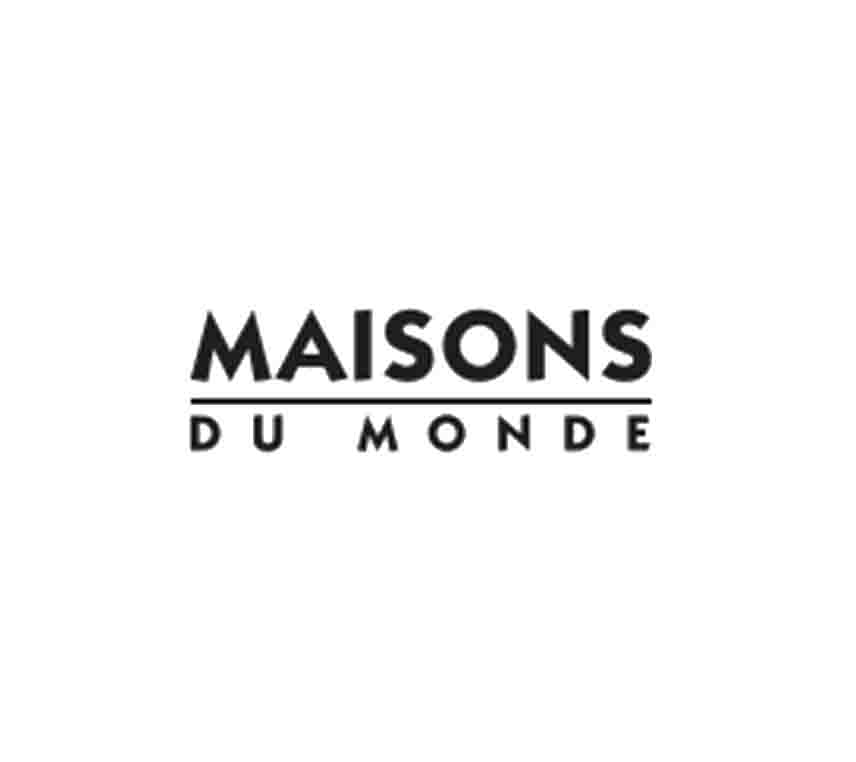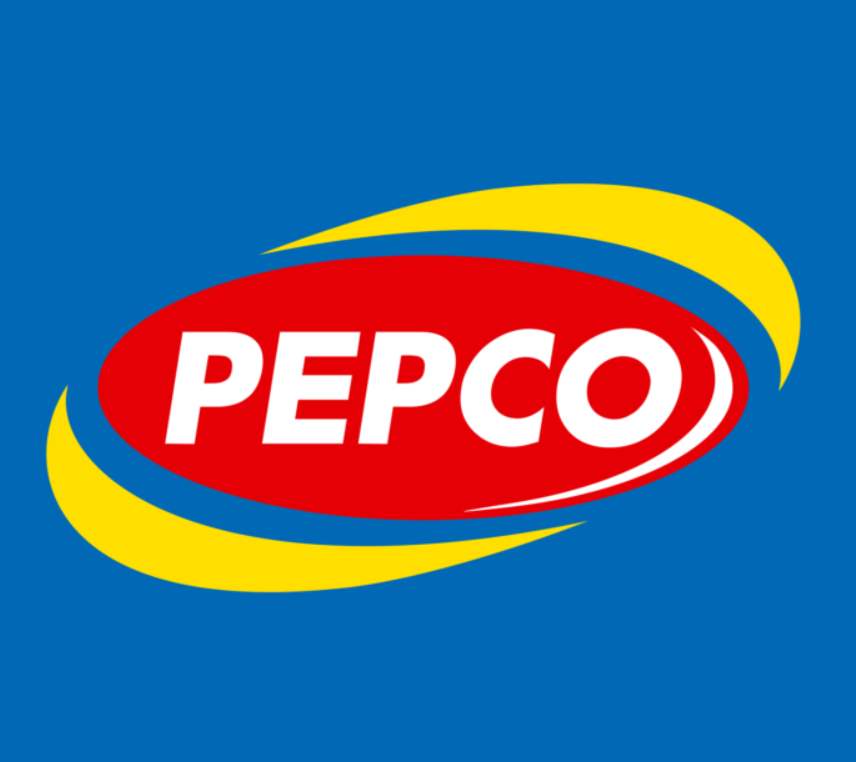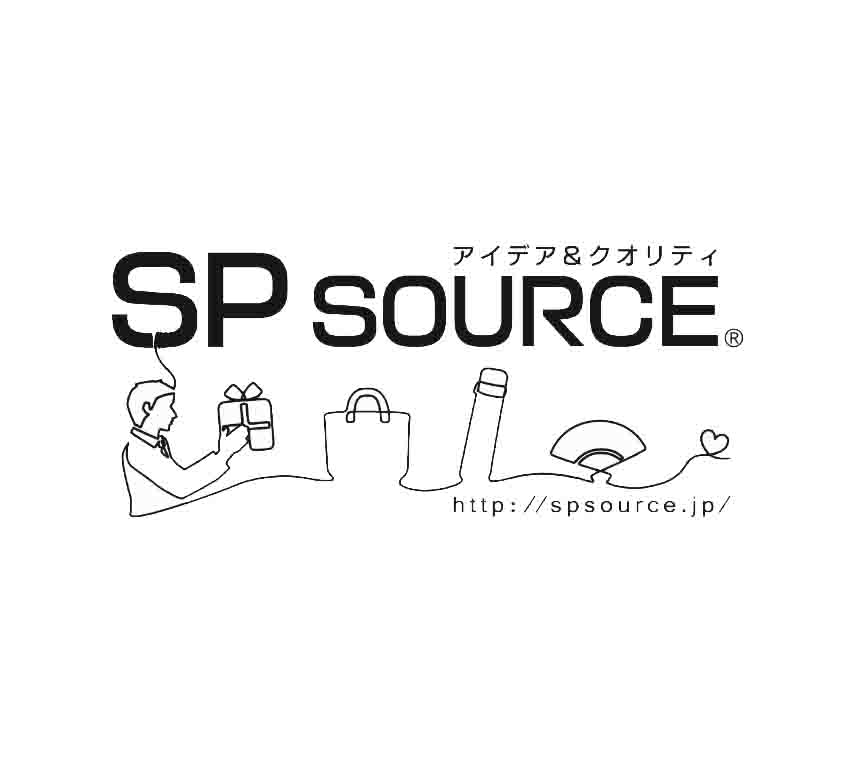Determining a uniform minimum order quantity (MOQ) for all products is challenging due to various factors influencing each product’s MOQ.
For instance, let’s consider adult aprons made from 8 Oz cotton with a print design utilizing 4 colors and an all-over pattern. If rotary screen printing is employed, the fabric’s MOQ would be 1200 meters, resulting in an MOQ of 3000 aprons per design, with each apron requiring 0.4 meters of fabric.
On the other hand, using reactive dyes with digital printing reduces the fabric printing MOQ to 200 meters, lowering the apron’s MOQ to 500 pieces. However, it’s important to note that digitally printed aprons are significantly more expensive compared to screen-printed ones. Thus, the MOQ varies depending on the production methods utilized.
The fabric’s color choice also impacts the MOQ. For example, if you require a simple adult apron in a solid color with a one-color silkscreen logo in the center, different scenarios arise based on color selection:
Choosing a fabric color already available in the supplier’s inventory typically requires a MOQ of two rolls (equivalent to 200 meters), resulting in an apron MOQ of 500 pieces. Higher order quantities can reduce the cost per apron since there are fixed costs associated with each order.
If you’re unsatisfied with the fabric colors in stock and wish to order a custom color, dyeing fabric in the specific color incurs a MOQ of 1500 meters, leading to an apron MOQ of 3600 pieces.
These examples demonstrate that manufacturing aprons and other items involve numerous options, including manufacturing processes and customer color preferences. Therefore, the specific details of each order will determine the communicated MOQ to the customer.







